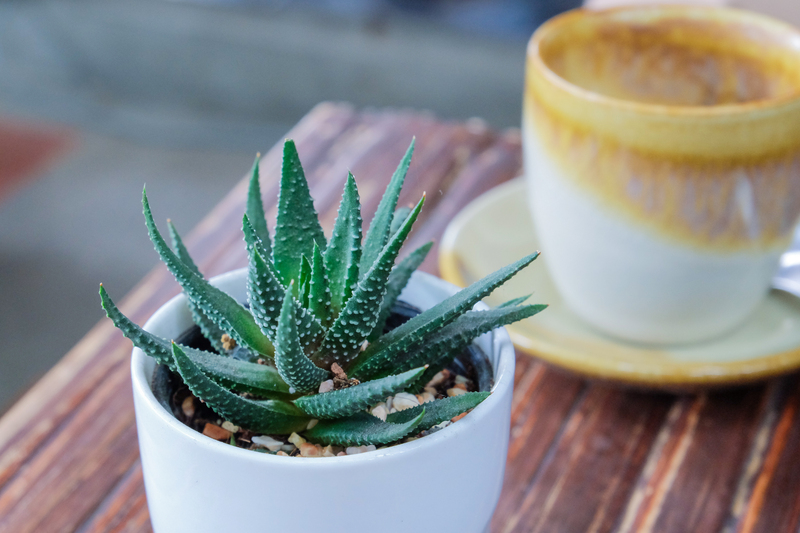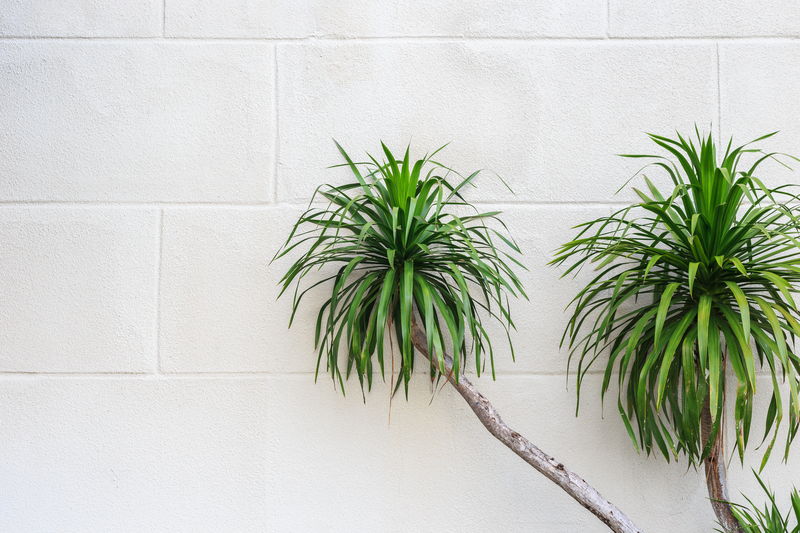9 Ground Covers to Enrich Your UK Garden Landscape
Posted on 16/05/2025
9 Ground Covers to Enrich Your UK Garden Landscape
Creating a garden landscape that is both beautiful and easy to maintain is the ultimate goal for many gardening enthusiasts. One of the most effective ways to achieve this is by incorporating a variety of ground covers. These versatile plants not only help suppress weeds but also add texture, color, and even fragrance to your outdoor space. If you're planning your UK garden, consider these 9 ground cover plants that thrive in various conditions.
The Benefits of Ground Covers
Before diving into the specifics, let's explore why ground covers are so valuable:
- Weed Suppression: Ground covers blanket the soil, shading it from sunlight and preventing weed growth.
- Soil Erosion Prevention: Their root systems secure the soil, reducing erosion caused by wind and rain.
- Water Retention: These plants help retain moisture in the soil, reducing the need for frequent watering.
- Visual Appeal: Ground covers provide various textures and colors, enhancing the landscape's aesthetic appeal.

Top 9 Ground Covers for Your UK Garden
Here are nine stunning ground covers to enrich your UK garden landscape:
1. Thymus serpyllum (Creeping Thyme)
Creeping Thyme is a popular choice for its fragrant foliage and beautiful purple flowers. Perfect for sunny spots, this low-maintenance plant thrives in well-drained soil. It's ideal for planting between stepping stones or along pathways, releasing a lovely scent when stepped on.
2. Vinca minor (Lesser Periwinkle)
The Lesser Periwinkle is perfect for shady gardens, producing vibrant blue or purple flowers throughout spring. This evergreen plant is hardy and requires minimal care, making it an excellent choice for beginners. Its dense foliage effectively suppresses weeds.
3. Ajuga reptans (Bugleweed)
Bugleweed is an appealing ground cover with glossy, dark leaves and striking blue flower spikes. Tolerant to various conditions, it grows well in shaded areas and looks stunning in woodland gardens. Its unique foliage provides a beautiful contrast to other plants.
4. Galium odoratum (Sweet Woodruff)
Sought after for its delicate white flowers and pleasant aroma, Sweet Woodruff thrives in shady areas. It's an ideal ground cover for woodland gardens, where it forms attractive carpets that can spread quickly if left unchecked.
5. Hedera helix (English Ivy)
English Ivy is a versatile and vigorous grower, perfect for covering large areas quickly. Though considered invasive in some regions, it can be managed through regular trimming. English Ivy performs well in both sun and shade, providing year-round greenery with its evergreen leaves.
6. Lamium maculatum (Spotted Dead Nettle)
Spotted Dead Nettle is a shade-loving plant with beautiful foliage marked by silver patches. It produces pink, purple, or white flowers throughout summer. This hardy ground cover spreads quickly, making it a great choice for filling large areas.
7. Alchemilla mollis (Lady's Mantle)
Known for its attractive foliage that catches dew like jewels, Lady's Mantle is a stunning ground cover. Suitable for sun or partial shade, it features chartreuse flowers in early summer. It's excellent for borders or as a filler in mixed gardens.
8. Waldsteinia ternata (Barren Strawberry)
The charming golden yellow flowers of the Barren Strawberry appear in spring, followed by glossy green foliage throughout the year. It's great in sunny or partially shaded areas and adds vibrant color when paired with other plants.
9. Sedum spurium (Creeping Stonecrop)
Creeping Stonecrop is a drought-tolerant, low-maintenance plant that's perfect for rock gardens and sunny slopes. With its fleshy leaves and bright pink or red flowers, it adds color during summer months and does well in poor soil conditions.

Integrating Ground Covers in Your Garden
Incorporating ground covers into your garden enhances its landscape design. Here are some tips for integration:
- Assess Your Garden: Identify the light conditions and soil types in your garden to choose the best ground covers.
- Mix and Match: Combine different types to create diverse textures and colors, but ensure compatibility in terms of sunlight and water needs.
- Plan for Growth: Some ground covers spread quickly, so account for their growth rate and space accordingly to prevent overcrowding.
- Regular Maintenance: Even low-maintenance ground covers require occasional pruning and monitoring, especially those prone to invasiveness.
Conclusion
By selecting the right ground cover plants, you can transform your UK garden landscape into a stunning, low-maintenance paradise that blooms with color and texture throughout the year. Whether you're seeking to fill a shaded area, prevent erosion, or simply add visual interest, these nine options provide a variety of solutions suitable for any garden setting. Explore and experiment with these choices to create a garden you will love year-round.

